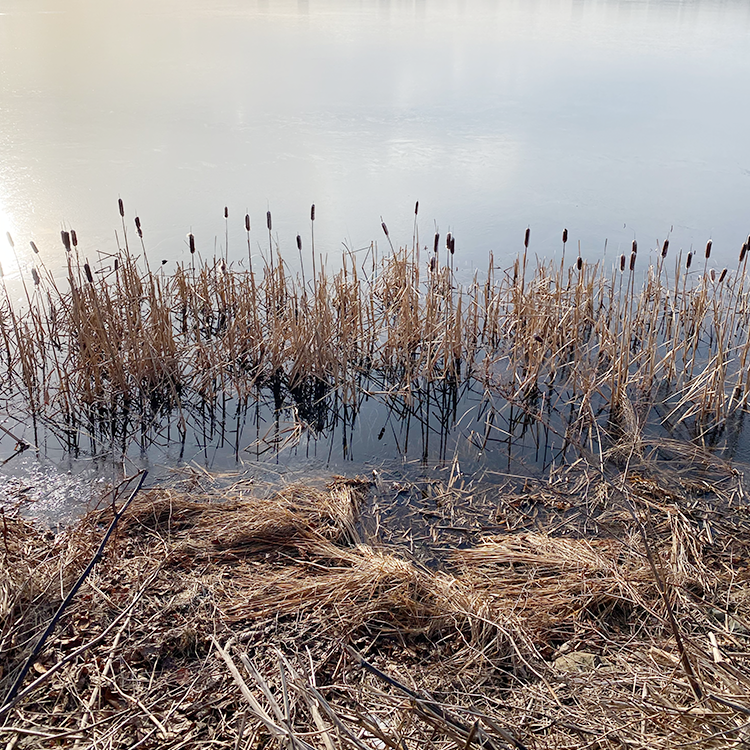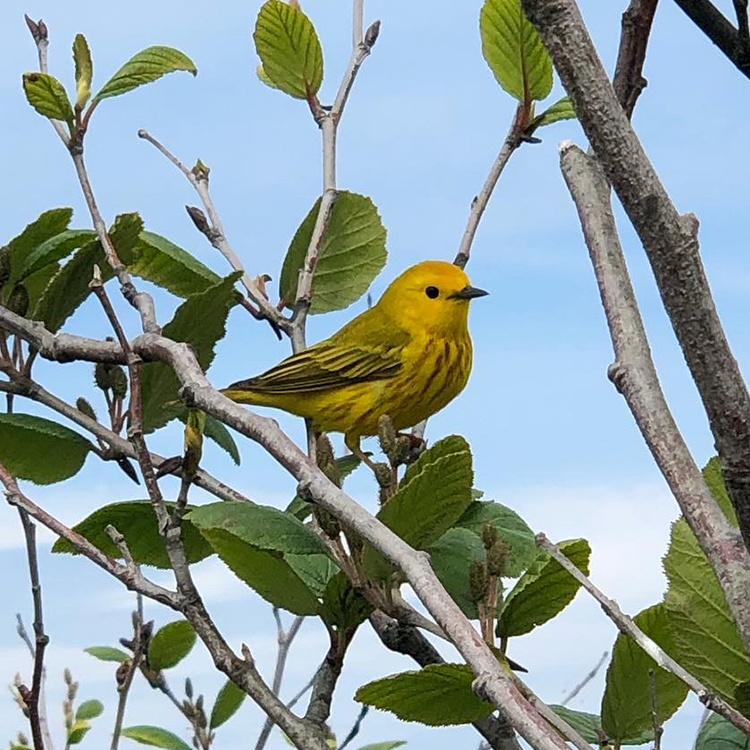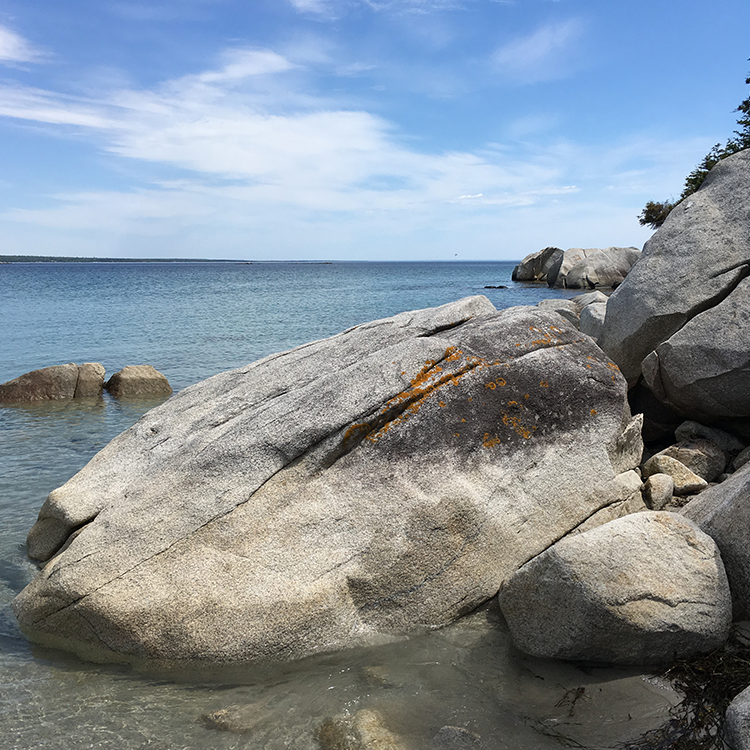Environment Committee
The KCA Environment Committee undertakes initiatives focused on protecting the environment, fostering good environmental stewardship practices and preserving and enhancing the ecology and quality of life of our community.
Additionally, they collaborate closely with all levels of government to ensure matters of local concern are addressed.
Through hard work and dedication this team strives to effect meaningful change and positively influence behaviour in our community.
Chair & Board Representative: Alexandra Schmittmann
Members: Diana Pepall, Pamela Craig, Heather White, Anne Foster Worlock, Lesley Pennington, David Peters, Robert Emery, Pierre Vaillancourt and Michael Arnoldi
The Environment Committee welcomes volunteers, inquiries or comments.
These are our priorities:
Investigating the Health of Kings, Hirtles and Romkey Ponds
The Environment Committee is responding to members’ concerns about the health of King’s, Hirtles and Romkey Ponds in the following areas:
Members were concerned that the abundant algae, visible in the pond, was blue green algae which may produce toxins that are hazardous to humans and animals. We contacted the Nova Scotia Department of Environment and after visual inspection the Inspector Specialist told us that blue green algae was not present.
Consulting with environmental professionals to determine how best to assess the health of the ponds in response to concerns of nutrient overloading and presence of bacteria. The water quality report done for the KCA in 2017 by Bluenose Coastal Action Foundation, “Water Quality Monitoring Report in Kingsburg, Hirtles and Romkey Ponds, outlines key characteristics of the ponds at that time.
Investigating ways that our community can protect the ponds and the riparian zones. We will be communicating on this with our membership. The 2017 report on water quality identifies some risks and recommendations for protecting water quality and habitat health, including: maintaining a buffer of natural shoreline vegetation, which will help to absorb and filter runoff pollutants, prevent flooding, reduce shoreline erosion, and provide wildlife habitat; performing regular maintenance of septic systems.
What are Riparian Zones and how do they affect Kingsburg ponds?
Living with our Neighbours, Life on the Wild Side
This series explores the many aspects of our human-nature relationship. It promotes good cohabitation practices and strategies we can all employ to protect our mutual ecosystem. Committee members have also undertaken a collaborative partnership with local First Nations communities, the goal of which is to gain insight and perspective on their traditional relationship with the environment. Combined these represent key steps towards cohabitating successfully with nature and preserving a legacy for future generations.
Focus on Porcupines: The first instalment introduces our neighbourhood porcupines. Future articles will include profiles of mammals that live in and around Kingsburg. These include black bears, coyotes, martens, mink, squirrels, rabbits, deer, skunks, red fox and raccoons. Future articles will be made available below and may also include live and or online speaker series.
New MODL Coastal Protection Regulations
At a Special Council meeting on June 18, 2024 Council passed a by-law that includes coastal protection regulations. These are now in effect.
What does this mean for Kingsburg and Upper Kingsburg?
Erosion Risk Area
All of Kingsburg and Upper Kingsburg’s coastal area is in the Erosion Risk Area. This means, in part, that no development is permitted within 30m of the top of the bank, and a buffer of vegetation must be maintained in a natural state within 15m of the top of the bank.
Flood Risk Area
The Flood Risk Area has been determined to be around all of the ponds in Kingsburg, sparsely around Rose Head, and everywhere else along our coast. The largest flood risk area is from Kingsburg Beach to the Hirtle Beach Road side of Kingsburg Pond and down to Dry Spitz Pond. This means, in part, that any new residential structures built within these areas must be elevated more than 3.97m about average sea level.
Wetlands
There are a number of wetlands identified in the Kingsburg area. No development is permitted within 30m of these wetlands.
For complete information see the attached summary and maps:
Light Pollution
Bright lights can shine directly into houses and can be very disruptive to the view of the night sky and to sleep quality. These bright lights also have an impact on wildlife. In addition to raising awareness by hosting a successful star-gazing event back in 2019, we are also working to engage Riverport Electric Light Commission to see if they can adjust street lights which are impacting some members.
Key information shared by this committee:
“The earth will not continue to offer its harvest, except with faithful stewardship.”
— John Paul II























